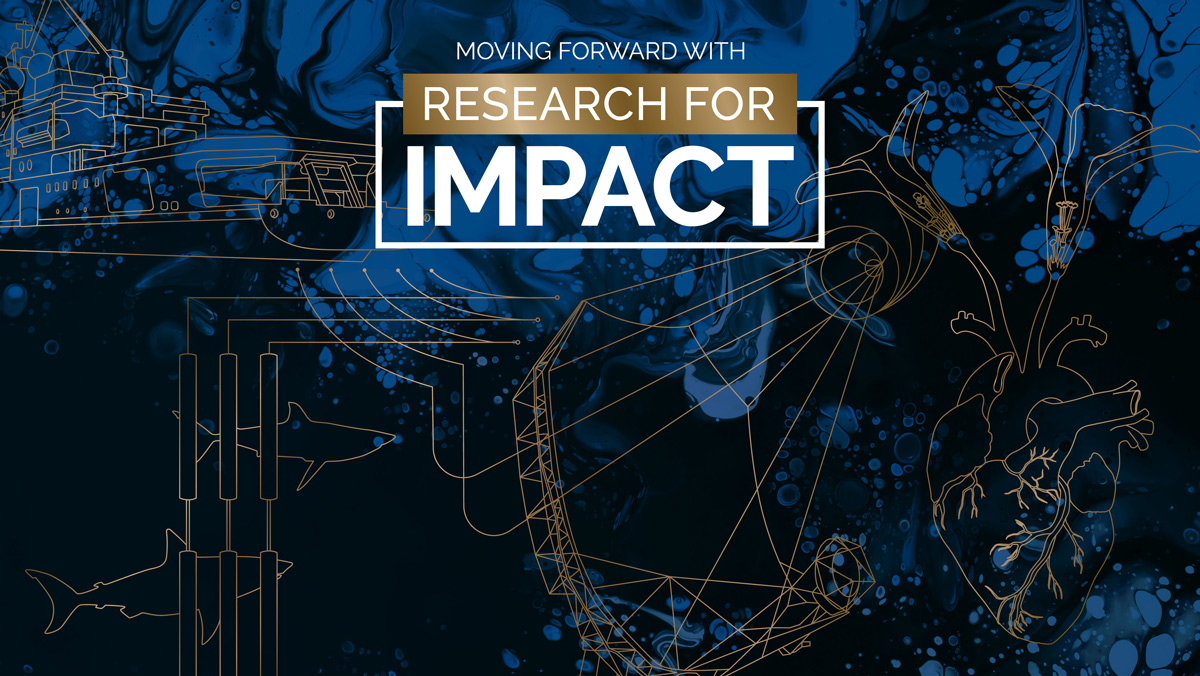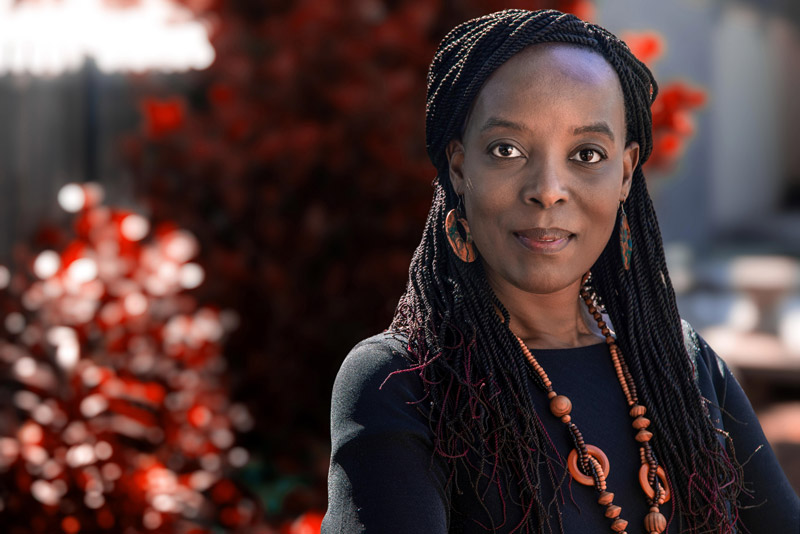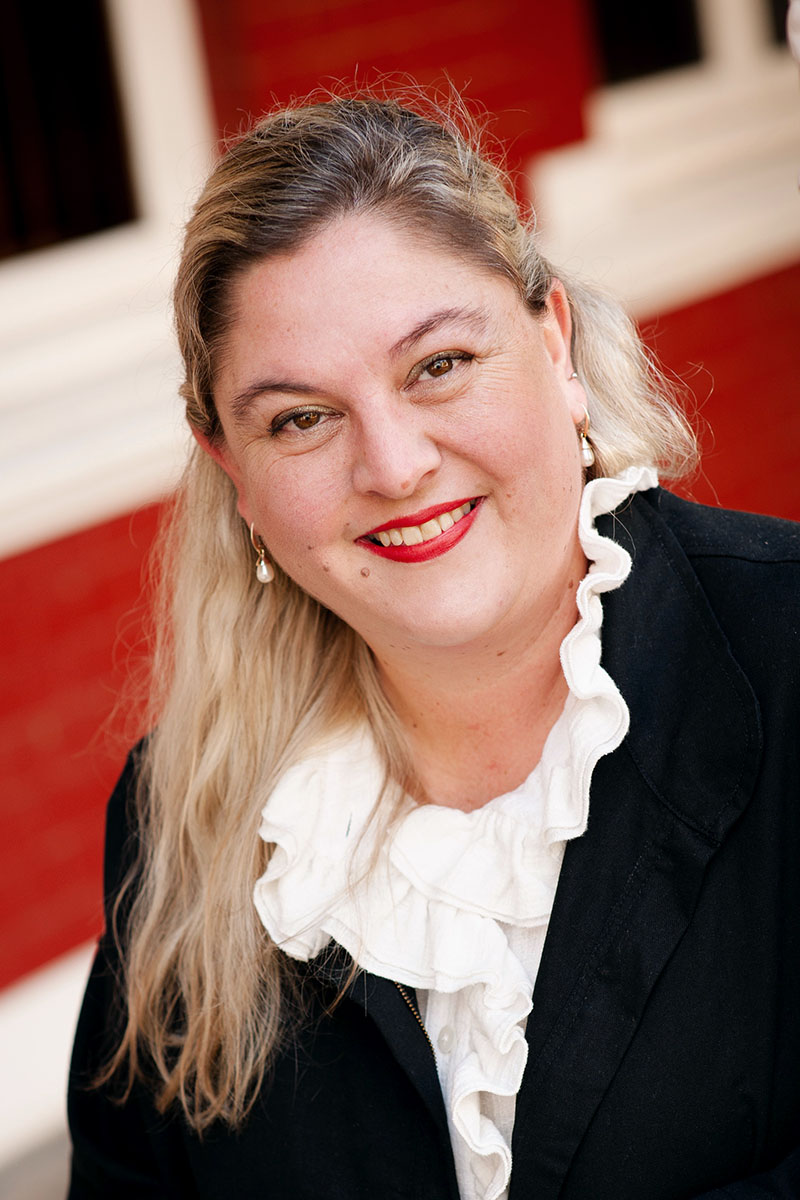

Prof Sibusiso Moyo | Photo by Henk Pets
A message from Prof Sibusiso Moyo
Research for impact
Welcome to our digital magazine titled ‘Research for Impact’.
Here, you will read about the innovative work that our scientists pursue, not only for the sake of knowledge production in their respective fields but also to make a real difference in society.
We are excited to engage a broader audience with this publication, and foreground our efforts to develop and strengthen specific research projects and collaborations.
We show you how our researchers integrate knowledge and methods from different disciplines, using a real synthesis of approaches. We also shine a spotlight on expertise in emerging areas.
This publication offers a mix of stories on the latest research and interviews with leading scientists, all written in a clear, accessible style to appeal to both scientists and non-scientists alike.
We have included stories representing each of the University’s five strategic research areas to showcase the important initiatives and innovations happening not only on our campuses but also in respective academic fields. Where relevant, we show you how this relates to national, regional and global goals to ensure sustainable development and improve prospects for people and the planet.
The articles cover an array of topics, from data avalanches that help solve global problems to innovations that help tackle the burdens of disease. We also feature efforts to determine the risk of polio outbreaks in South Africa, explain how machine learning is used to address ecological challenges, and expand our awareness of South Africa’s economic history and South African prospects. Furthermore, there are articles discussing slavery in the old Cape Colony, the study of intergenerational trauma, and breakthrough work on microclots that may explain long COVID, to name but a few.
Telling our stories, digitally
Knowledge exchange through activities that engage different audiences in the research done at SU can make a significant difference in how our research efforts address questions, events and problems.
In this publication, we tell the stories of our science processes by involving both those doing the work and those affected by it.
At SU, we continue to push the boundaries of knowledge and possibility, thereby framing our research to help improve livelihoods, which is vital for society, our country and the globe.
We hope you enjoy these and other articles. Together, they tell the story of our scientific endeavours and of progress towards doing research for impact in ways that make a difference for both humanity and the natural environment.
Prof Sibusiso Moyo
Deputy Vice-Chancellor: Research, Innovation and Postgraduate Studies, Stellenbosch University

Maryke Hunter-Hüsselmann | Photo by Erhardt Thiel
From the editor
Over the past 12 years, the Division for Research Development (DRD) has produced an annual research report called Research at Stellenbosch University.
This publication formed part of the Division’s efforts to make our institutional research portfolio more visible by sharing research-related information. Over the last decade, this task of maximising visibility has become part and parcel of best practice in the field of research management, globally so.
From the start, the aim was to present our research in a hardcopy, magazine-style format that is accessible not only to research visitors and partners, future collaborators and funding agencies, but also to alumni, the media and the general public. By doing so, we knew we would ensure both effective science communication and public engagement.
Ten years ago, this approach was groundbreaking and moved away from the traditional style of reporting on research outputs for statutory purposes only. Through means of storytelling, the magazine made our research outputs more accessible and tangible for government and funding agencies, as well as future students and other interested target audiences.
Science communication practices today, however, look very different. We live in the digital age, in which online science communication has become the norm. Web publishing standards have risen dramatically, and the field of higher education is no exception. The best science stories on the web nowadays benefit from good storytelling, innovative design and the smart use of multimedia. As such, we decided to reassess how we communicate about research for impact at SU.
The result is SU’s very first digital research magazine, Research for Impact. In this new, digital-first approach to research storytelling, we employ digital-magazine best practices to showcase our research outputs. We also prioritise the digital readability of our unique, tailor-made content for different devices. Striking photographs, editorial illustrations, infographics, videos and sound bites create a rich reading experience. Regular additions to the website will ensure that the content remains relevant.
Click through our first collection of stories in your own time, and do keep checking in for updates.
Maryke Hunter-Hüsselmann
Director: Research Information and Strategic Initiatives
A curated selection of the magazine’s content is available in the form of a booklet that can be downloaded below. Our content is updated regularly, and access is free.